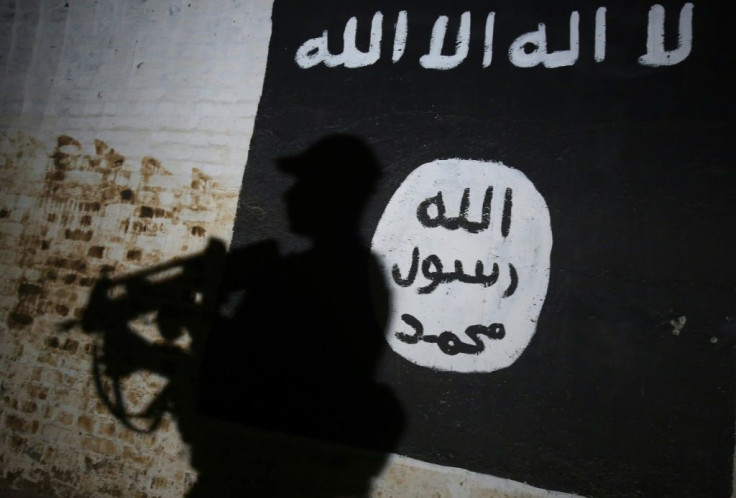ISIS Leader Detonated Suicide Vest To Avoid Turkish Capture

KEY POINTS
- ISIS leader Abu Hussein al-Qurashi detonated a suicide vest during a Turkish raid in Syria Saturday
- The raid lasted four hours and saw Turkish special forces blasting the ISIS leader's hideout
- An ISIS expert believes the terror group would have a hard time selecting its next leader
More details about the Turkish military operation that resulted in the death of ISIS leader Abu Hussein al-Qurashi over the weekend have been revealed.
An unnamed senior Turkish security official told Reuters that Qurashi detonated a suicide vest during a Turkish special forces raid in northwest Syria Saturday after he refused to surrender and realized he would be captured.
The military operation lasted four hours and saw special forces blasting a perimeter fence, the back door and walls of Qurashi's hideout to enter the two-story building near the town of Jandaris, the Turkish official said.
The Turkish security official said the country's National Intelligence Organization (MIT) conducted the raid after it determined that Qurashi would soon relocate from his earthquake-damaged home.
The MIT was assisted by Turkish-backed Syrian armed groups, two unnamed Syrian security sources told Reuters.
On Monday, Turkish President Recep Tayyip Erdogan announced in a TV interview that Qurashi was "neutralized" by his country's intelligence forces.
Qurashi was the third ISIS leader to die during a military operation, following Abu Bakr al-Baghdadi in 2019 and Abu Ibrahim al-Hashimi al-Qurayshi in 2022.
However, ISIS has yet to confirm the killing of its leader.
Hassan Hassan, the author of a book about the Islamic terror group and editor of New Lines magazine, said ISIS would have a hard time selecting and propping up its next leader.
"ISIS no longer has the type of credible leaders it can advertise, at least internally, and the security situation has also become too complicated for it to prioritize that aspect," Hassan told Reuters.
"The last leader was the hardest for even Iraqi and American intelligence to guess, and this applies even more to the coming one," he added.
Last month, the U.S. conducted a military operation that killed Khalid 'Aydd Ahmad al-Jabouri, a senior Islamic State leader responsible for planning terrorist attacks in Europe and Turkey.
Unnamed sources in Syria told Reuters that Jabouri was killed in a drone strike in the country's rebel-held northwest, where other ISIS leaders have hidden, including Baghdadi.
According to the U.S. Central Command (CENTCOM), Jabouri's death would disrupt ISIS' ability to plot terrorist attacks.
The terrorist group had controlled one-third of Iraq and Syria at its peak in 2014. However, by 2017, the ISIS caliphate had lost 95% of its territory, including the Iraqi city of Mosul and Raqqa in Syria, which served as its capital.
ISIS was responsible for some of the major terrorist attacks between 2015 and 2016, including the bombing of a Russian airplane that killed 224 people, a series of coordinated terror attacks in Paris, France, that left 224 people dead, and the deadly shooting at a nightclub in Orlando, Florida which killed 49 people.
A February United Nations report estimates that ISIS has 5,000 to 7,000 members and supporters in Syria and Iraq, roughly half of them fighters.

© Copyright IBTimes 2024. All rights reserved.






















